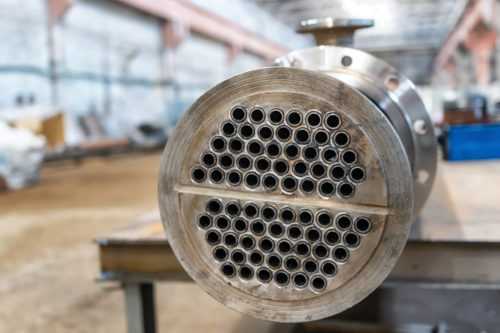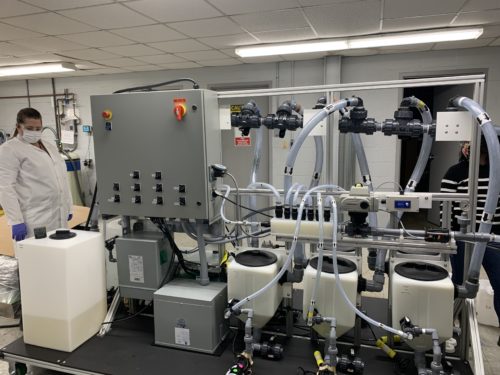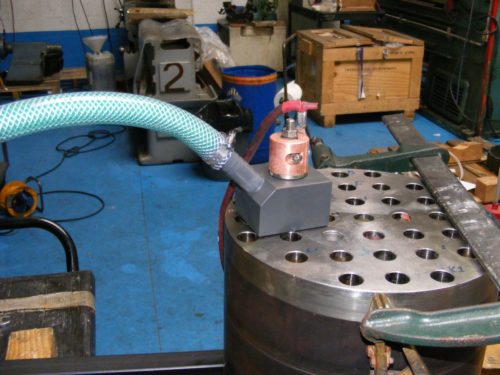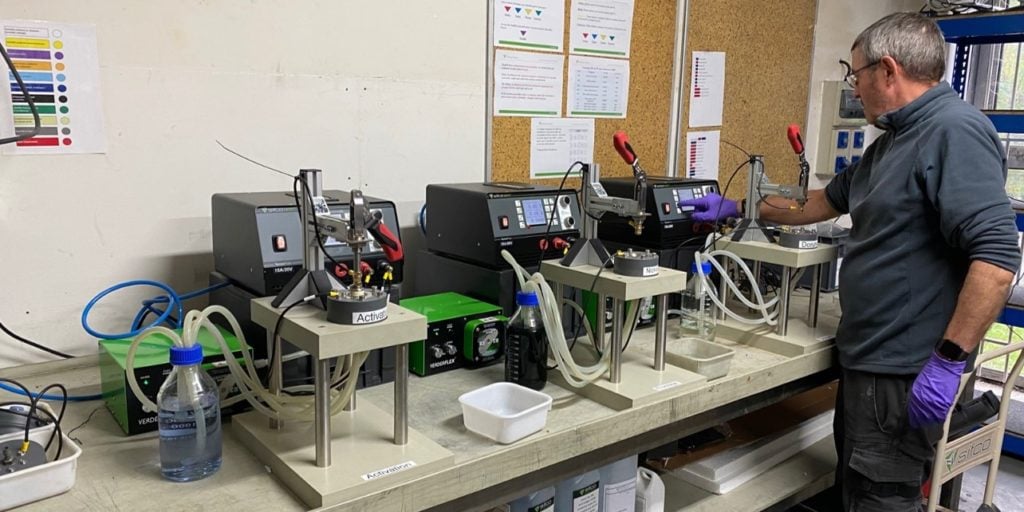
Worldwide, industrial firms are under pressure. Globalization, competition and changing business models, as well as regulatory and cost pressures, mean that organizations must improve their processes, save costs, and maximize the service life of each product. To achieve this, investment will be made in tools and equipment that are proven to reduce component failure and avoid downtime.
Manufacturers must improve their processes, save costs and maximize the service life of each product. To achieve this, organizations must invest in tools and equipment that are proven to reduce component failure and avoid downtime. At the same time, there is an increased need for repeatability, maximizing efficiency by reducing component failure and rework.
This is where SIFCO ASC’s new electroplating technique, Encapsulated plating, comes in. Essentially a hybrid of tank plating and selective plating. The nature of the process means that it can be used to plate parts with areas difficult to reach (such as non-line of sight) – including recessed areas, sharp corners or deep circulator geometries such as pipes or couplings.
Originally developed for high speed plating of small diameter holes and bores for the aerospace industry, the technology is ideal for fast and efficient plating of circular parts and those with complex geometries.
The encapsulated plating process

Using custom tooling, the engineer directs the plating solution through a gap in the tooling, which allows the composite to flow over the part at high velocity. This then creates electrodeposition, which happens when the electric current is passed through the chemistry as it flows over the area.
Engineers are able to plate intricate components and parts using state-of-the-art, customized electrodes that are designed to match the complex geometry of the selected area. Custom-fit seals encapsulate the area, allowing for a defined gap between the anode and the component.
Custom tooling enables the solution to flow and is confined to the surface to be plated. This tooling keeps better management of flow in order to avoid cavitation risk at the anode/cathode interface. The optimized high solution flow velocity aids in removing hydrogen gas bubbles at the surface. It also efficiently replenishes the metal ions at the surface of the workpiece providing for a smooth and uniform finish.
The benefits of encapsulated plating
While the main benefit of encapsulated plating is that it enables engineers to plate non-line of sight applications, this unique method of plating comes with many other advantages:
Improved process control
Process control, repeatability and traceability plays a key role in ensuring that manufacturers meet exacting industry specifications, and this method of plating ensures this.
The one-piece flow treatment uses the same tooling and parameters time and time again, meaning it has increased process control in comparison to other surface plating methods.
As engineers can manage temperature, flow rate, speed and amps, they have a high level of control. Additionally, the design of the system makes it possible to track and trace the plating process parameters for every part plated.

Speed, efficiency and ROI
Faster cycle times, fewer costly reworks and factory footprint efficiencies are other benefits that come with this method of plating.
The custom all-in-one tooling quickly deposits, eliminating the need for masking and other time-consuming pre-plating procedures which usually slow down the plating process.
As no large tanks are required and there’s no need for a full plating line, the small footprint of the process means that it can be carried out in-situ and incorporated into the current production layout.
A safer, sustainable way of plating
Encapsulated plating helps engineers decrease their carbon footprint and meet EHS standards, because the custom-designed tooling offers improved health and safety credentials in comparison to other plating methods.
As the component and plating solution is enclosed inside the tooling, exposure to chemicals is limited. For example, in comparison to tank plating which uses large quantities of chemicals, encapsulated plating uses significantly less solution and creates less effluent waste. This also creates minimal risk to the environment.
The small footprint of the process means that it can take place at the customer site. With no need to ship products off site to be plated, companies can further reduce the carbon footprint, cost and downtime associated with off-site repairs.
Applied to a wide range of industries
While encapsulated plating was developed for the automotive industry, it can be used in a wide range of industries where operators may be required to plate components that are difficult to get to, have axi-symmetric geometries or are intricate in their designs. For example, Gold Plated Resonators in aerospace and Heat Exchangers in power generation applications, electronics and compressors are complex and difficult to get to, thus benefiting from encapsulated plating.
If you’ve got an intricate part that needs plating or a non-line of sight application, get in touch with one of our engineers today.


 Chinese (Simplified)
Chinese (Simplified)  English (UK)
English (UK)  French
French  German
German  Spanish
Spanish  Swedish
Swedish 
